How Cultural Recursion Rebranded the Dorky Listener From Mockery to Mythos – The Return of Sonic Depth
The Vinyl Revival
Why Listening to Vinyl Music Is Cool Again
For decades, listening to vinyl was coded as dorky—an act associated with obsessive collectors, socially awkward audiophiles, and cultural outsiders. The stereotype was reinforced by media portrayals that framed record enthusiasts as relics of a bygone era—out of touch, overly technical, and emotionally stunted. Films like High Fidelity (2000) both celebrated and caricatured the vinyl obsessive, portraying him as neurotic, elitist, and romantically inept. Sitcoms and teen dramas often used vinyl collectors as punchlines—symbols of arrested development or niche irrelevance. The dominant cultural narrative favored speed, novelty, and digital convenience. Vinyl, with its ritualistic slowness and analog imperfections, was seen as incompatible with modern coolness.
But coolness itself is a recursive construct—what is mocked in one era often becomes mythologized in another. The shift began subtly in the late 2000s, as indie musicians and underground scenes reclaimed vinyl as a symbol of authenticity. Labels like Sub Pop and artists like Jack White began pressing limited-edition records, treating the format as sacred rather than obsolete. The rise of hipster culture reframed dorkiness as depth—quirk became currency, and analog became aesthetic. Vinyl’s tactile engagement and sonic warmth were no longer liabilities—they were virtues. The listener was no longer a loner—they were a curator.
Media played a pivotal role in this transformation. Streaming platforms like Spotify and Apple Music, while dominant, created a hunger for contrast. As music became frictionless and ephemeral, vinyl offered resistance—ritual, permanence, and emotional weight. Documentaries like Vinyl Nation (2020) and All Things Must Pass (2015) reframed the record store as a site of community and cultural memory. Social media accelerated the shift—Instagram and TikTok turned turntables into visual icons, and vinyl hauls into aesthetic flexes. Influencers began showcasing their collections not as eccentric hobbies, but as taste statements. The algorithmic flattening of music made intentional listening radical again.
Pop culture followed suit. TV shows like Stranger Things and Euphoria embedded vinyl into their visual language, using it to signal emotional depth and retro mystique. Celebrities like Harry Styles, Billie Eilish, and Zendaya publicly embraced vinyl, collapsing the boundary between mainstream and niche. Even fashion responded—brands like Urban Outfitters began selling records alongside clothing, turning vinyl into lifestyle. The dork was no longer marginal—they were mythic. Their attention to sonic detail, emotional resonance, and historical context became aspirational.
Time itself rewired the narrative. As digital saturation increased, analog formats gained symbolic weight. Vinyl became a metaphor for presence, patience, and emotional literacy. The listener who once seemed out of step now appeared ahead of their time—resisting disposability, embracing depth. The cultural pendulum swung back, not arbitrarily, but as a correction. Coolness evolved from detachment to discernment. The dork became the archivist, the philosopher, the emotional cartographer.
This transformation is not just aesthetic—it’s epistemic. It reflects a shift in how we value experience, memory, and meaning. Vinyl listening, once mocked, now embodies the very qualities that digital culture lacks—ritual, embodiment, and emotional texture. The reversal is complete, but not static. It continues to evolve, shaped by media, memory, and the mythic recursion of taste.

The Sonic Shift
Listening to music has re-entered the cultural spotlight—not as passive consumption, but as an intentional act of identity. Vinyl records, once dismissed as relics of outdated taste, are now embraced by tastemakers, artists, and influencers who previously mocked their aesthetic. This reversal isn’t just ironic—it’s symbolic. It reflects a deeper cultural recursion, where the values of depth, ritual, and emotional engagement return to challenge the dominance of algorithmic convenience. The vinyl listener, once labeled a dork, now embodies discernment, taste, and authenticity. Music is no longer just background noise—it’s a curated experience. The act of listening has become a form of cultural literacy, and the medium itself has become mythic. This shift reveals how coolness evolves—not through novelty, but through the reclamation of meaning.
Cool or Confused – Is Listening a Statement or Just a Style
The return of vinyl and deep listening has undeniably reshaped cultural aesthetics—but beneath the surface lies a deeper question: is it truly cool to listen, or has the meaning been lost in translation? For some, the turntable has become a prop—an accessory in a curated lifestyle feed, stripped of its emotional and sonic weight. The ritual of listening risks becoming performative, reduced to visual symbolism without substance. Coolness, in this context, becomes mimicry—adopting the aesthetic without engaging the depth. The listener becomes a stylist, not a seeker.
Yet the act of listening—when done with intention, presence, and emotional openness—transcends trend. It becomes a form of cultural literacy, a way to engage with memory, identity, and narrative. True listening is not passive—it’s participatory. It requires time, vulnerability, and discernment. The coolness of listening lies not in the format, but in the commitment. Vinyl is not inherently meaningful—it becomes meaningful through ritual, context, and emotional resonance.
Pop culture has amplified the aesthetic of listening, but often flattens its emotional complexity. Influencers showcase record walls and vintage setups, but rarely speak to the albums that shaped their inner lives. Brands sell vinyl as lifestyle, not as archive. This disconnect reveals a symbolic tension—between the image of listening and the act itself. Coolness, when detached from meaning, becomes hollow. The listener risks becoming a consumer of aesthetics, not a curator of experience.
But there’s a countercurrent—those who listen not for style, but for story. They treat each album as a portal, each side as a cycle. They engage with music as myth, memory, and emotional architecture. For them, listening is not a trend—it’s a practice. They resist disposability, embrace depth, and reclaim the emotional archive. These listeners redefine coolness—not as detachment, but as discernment. They remind us that listening is not just about sound—it’s about presence.
So is it cool to listen? Yes—but only if coolness is redefined. Not as aesthetic mimicry, but as emotional literacy. Not as trend adoption, but as symbolic engagement. The turntable is not the point—the point is what it opens. Listening, when done with integrity, becomes revolutionary. It challenges speed, surface, and silence. It restores music’s mythic weight. And in that restoration, coolness becomes something deeper—something earned.
Vinyl Sales Surge Globally
Vinyl records have experienced a dramatic resurgence in global popularity, reversing decades of decline. In 2023, vinyl outsold CDs in the United States for the first time since 1987—a milestone confirmed by the Recording Industry Association of America. This isn’t a niche revival—it’s a mainstream phenomenon. Major retailers like Walmart and Target now carry vinyl alongside digital accessories, signaling mass-market validation. Independent record stores have reemerged as cultural hubs, hosting listening parties, artist signings, and community events. Streaming may dominate convenience, but vinyl dominates experience. Younger generations—especially Gen Z and millennials—are driving this growth, seeking tactile engagement and analog authenticity. The numbers reflect a cultural shift toward intentionality. Vinyl is no longer retro—it’s relevant.

The Aesthetic of Listening
Listening to vinyl is a multisensory ritual—visual, tactile, and emotional. Album art becomes a centerpiece, not a thumbnail. Turntables are now featured in interior design spreads, lifestyle blogs, and influencer homes as symbols of taste. The act of flipping a record side creates intentional pauses, encouraging reflection and presence. This aesthetic appeals to those fatigued by algorithmic consumption and digital overload. Music becomes a moment, not a scroll. Cool people now showcase their vinyl setups as part of their identity—curated, not passive. The aesthetic is deliberate, not incidental. Listening becomes a form of self-expression, not just entertainment. Vinyl’s visual and physical presence reinforces its symbolic weight.
The Cool Cycle – How Music Time-Travels from Obsolete to Iconic
Coolness is never static—it’s a cultural algorithm that rewrites itself through time, context, and emotional need. What’s considered outdated in one era can be rediscovered as visionary in another. Music, more than any other medium, embodies this cycle. Songs fall out of fashion not because they lose meaning, but because the cultural lens shifts. When that lens realigns—through media, memory, or emotional resonance—those same songs return with mythic force. Cool people, by nature, are cultural shapeshifters. They don’t just follow trends—they reframe them. They sense when the emotional climate is ripe for revival, and they reintroduce the forgotten as sacred.
Kate Bush’s “Running Up That Hill” is a perfect example. Released in 1985, the song was critically respected but never fully embraced by mainstream youth culture. Its emotional complexity, mythic lyricism, and sonic layering were too intense for the fast-paced pop landscape of its time. For decades, it lingered in the margins—admired by music historians, cherished by niche fans, but largely invisible to the cultural mainstream. Then Stranger Things happened. In 2022, the show’s fourth season used the song as a narrative anchor—linking it to trauma, memory, and psychic survival. Suddenly, the track wasn’t just heard—it was felt. It charted globally, decades after its release. Gen Z listeners streamed it millions of times, not out of nostalgia, but out of emotional recognition.
This wasn’t random—it was recursive. Stranger Things operates as a cultural time machine, reactivating sonic memory through visual storytelling. It reframes the 1980s not as kitsch, but as myth. Kate Bush’s song became a portal—connecting past emotional landscapes to present ones. The cool people who once dismissed her as eccentric now hailed her as prophetic. The song’s resurgence wasn’t just aesthetic—it was symbolic. It proved that emotional depth, once marginalized, could become mainstream again.
This cycle plays out across genres and eras. Fleetwood Mac, Talking Heads, and even early Radiohead have all experienced similar revivals—triggered by media, memes, or emotional recontextualization. Coolness evolves by reclaiming what was once misunderstood. It’s not about novelty—it’s about timing. Music becomes cool again when the culture is ready to feel what it once ignored. The listener changes, the context changes, and suddenly the song speaks again.
So when cool people change their tune—literally—it’s not hypocrisy. It’s recursion. They’re responding to emotional shifts, cultural gaps, and symbolic opportunities. They sense when a song’s time has come—again. And in that moment, what was old becomes mythic. What was dorky becomes divine. Music doesn’t expire—it waits. And when it returns, it doesn’t just sound different—it means more.

From Background to Foreground
Music has shifted from ambient noise to immersive experience. Vinyl demands attention—you can’t skip tracks with a tap or shuffle through moods. This shift reflects a broader desire for presence in a distracted world. Coolness now includes mindfulness, not just multitasking. Listening sessions are intentional, often shared with friends or documented online as cultural rituals. The foregrounding of music reclaims its emotional and narrative power. Vinyl listeners engage with albums as complete works, not fragmented playlists. This return to sonic depth challenges the dominance of algorithmic curation. Music becomes a story again—not just a vibe. The listener becomes a participant, not a consumer.
The Myth of the Dork
The stereotype of the vinyl enthusiast as a socially awkward obsessive has collapsed under cultural recursion. What was once mocked as nerdy is now reframed as visionary. The dork becomes the mythic figure—the archivist, the curator, the sonic philosopher. This transformation reflects a broader reevaluation of expertise and passion. In a world saturated with superficiality, depth becomes desirable. The vinyl collector’s attention to detail, historical knowledge, and emotional investment is now admired, not ridiculed. Coolness has shifted from detachment to discernment. The myth of the dork is rewritten as the myth of the sage. Listening becomes a form of wisdom.
Gen Z and the Analog Turn
Gen Z’s embrace of vinyl reflects a generational desire for analog authenticity. Raised in a digital environment, many young people seek tactile experiences that resist algorithmic flattening. Vinyl offers a sense of ritual, permanence, and emotional texture. Social media platforms like TikTok and Instagram have amplified vinyl’s aesthetic appeal, turning turntables and record walls into symbols of taste. Gen Z listeners often pair vinyl with journaling, meditation, or visual art—creating multisensory listening environments. This analog turn reflects a deeper cultural hunger for meaning. Vinyl becomes a tool for emotional regulation, identity formation, and creative exploration. The analog isn’t just nostalgic—it’s necessary.
The Role of Influencers
Influencers have played a key role in rebranding vinyl as cool. Musicians, fashion icons, and lifestyle creators now showcase their vinyl collections as part of their personal brand. This visibility has transformed vinyl from niche to aspirational. Influencers often highlight the emotional depth of listening, sharing stories about albums that shaped their identity. Vinyl becomes a narrative device—a way to signal taste, vulnerability, and cultural literacy. The influencer’s turntable is no longer ironic—it’s iconic. This shift reflects the power of visual storytelling in shaping cultural values. Listening becomes performative, but also sincere. The influencer becomes the new curator.
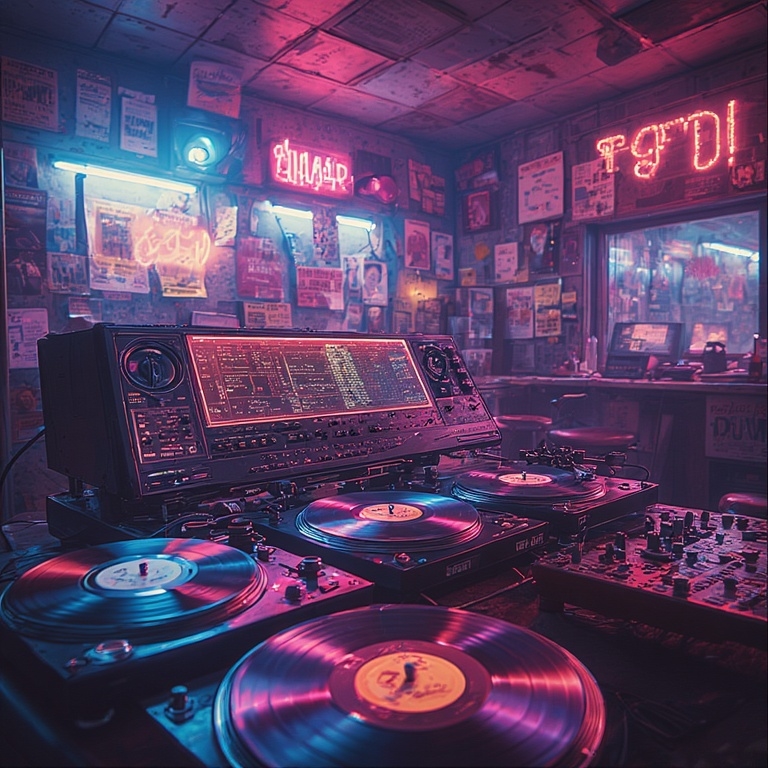
The Return of the Album
Streaming fragmented music into singles and playlists—vinyl restores the album as a complete artistic statement. Artists now design albums with vinyl in mind, considering track order, side breaks, and visual design. This return to the album format reflects a desire for narrative cohesion and emotional arc. Listeners engage with albums as journeys, not just collections. The vinyl format reinforces this structure, encouraging full immersion. Cool people now discuss albums the way they once discussed films—analyzing themes, transitions, and emotional resonance. The album becomes a literary form, not just a musical one. Vinyl restores the integrity of the artist’s vision.
Sonic Texture and Emotional Depth
Vinyl’s analog sound offers a warmth and texture that digital formats often lack. The slight imperfections—crackles, pops, and tonal variations—create a sense of intimacy and presence. This sonic depth enhances emotional engagement, making music feel more alive. Studies in psychoacoustics suggest that analog sound can evoke stronger emotional responses due to its dynamic range and harmonic richness. Vinyl listeners often describe a sense of connection, nostalgia, or catharsis that digital formats don’t replicate. This emotional depth is part of vinyl’s appeal—it’s not just about sound quality, but about feeling. Listening becomes therapeutic, not just entertaining.
Ritual and Embodiment
Vinyl listening is embodied—it requires physical interaction, spatial awareness, and temporal commitment. You select a record, place it on the turntable, lower the needle, and sit with the sound. This ritual contrasts sharply with the frictionless nature of streaming. Ritual creates meaning—by slowing down, listeners engage more deeply. Embodied listening reinforces presence, grounding the experience in space and time. Coolness now includes slowness, not just speed. The ritual becomes a form of meditation, a way to reconnect with self and sound. Vinyl listening is not just auditory—it’s somatic. The body becomes part of the music.
Community and Curation
Vinyl culture fosters community—through record stores, listening parties, online forums, and social media. Listeners share recommendations, trade records, and discuss sonic discoveries. This communal aspect contrasts with the isolation of algorithmic listening. Curation becomes a social act—cool people now build playlists on vinyl, host themed nights, and document their collections. The vinyl community values depth, diversity, and dialogue. Listening becomes a shared language, a way to connect across generations and subcultures. Vinyl culture is inclusive, not elitist. It invites participation, not just consumption. The community becomes a living archive of sonic memory.
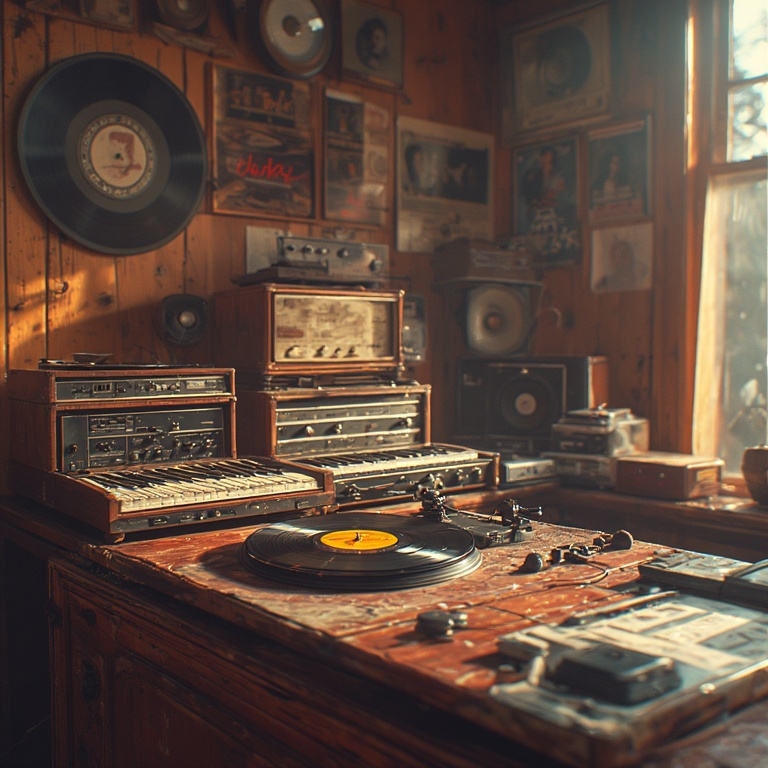
The Symbolic Weight of Format
Vinyl carries symbolic weight—it represents resistance to disposability, depth over speed, and intentionality over automation. The format itself becomes a statement. Owning a record means committing to its presence, its space, and its story. Vinyl resists the logic of infinite scroll—it demands boundaries. This symbolic weight appeals to those seeking meaning in a fragmented world. Coolness now includes commitment, not just flexibility. The format becomes mythic—a relic of depth in an age of surface. Vinyl isn’t just a medium—it’s a metaphor. Listening becomes a symbolic act.
The Emotional Archive
Vinyl collections often serve as emotional archives—each record tied to a memory, a mood, or a moment. Listeners curate their shelves like journals, mapping their emotional evolution through sound. This archival function adds depth to the listening experience. Records become artifacts of identity, tools for reflection, and anchors for healing. Cool people now treat their collections as personal museums—spaces of memory and meaning. The emotional archive resists erasure—it preserves feeling. Vinyl becomes a form of emotional literacy. Listening becomes autobiographical.
Conclusion – The Return of Sonic Integrity
The resurgence of vinyl reflects a broader cultural return to sonic integrity. Listening is no longer passive—it’s intentional, embodied, and emotionally resonant. The cool people who once mocked vinyl now embrace it as a symbol of depth, taste, and authenticity. This reversal reveals the power of cultural recursion—how ridicule becomes reverence, and how dorks become curators. Vinyl listening is not just a trend—it’s a correction. It restores music’s emotional, aesthetic, and symbolic weight. The listener becomes a mythic figure—part archivist, part philosopher, part emotional cartographer. In a world of infinite scroll, vinyl offers boundaries. In a culture of speed, it offers slowness. In an era of detachment, it offers presence. The coolness of listening now lies in its sincerity. Vinyl is not just back—it’s reborn.
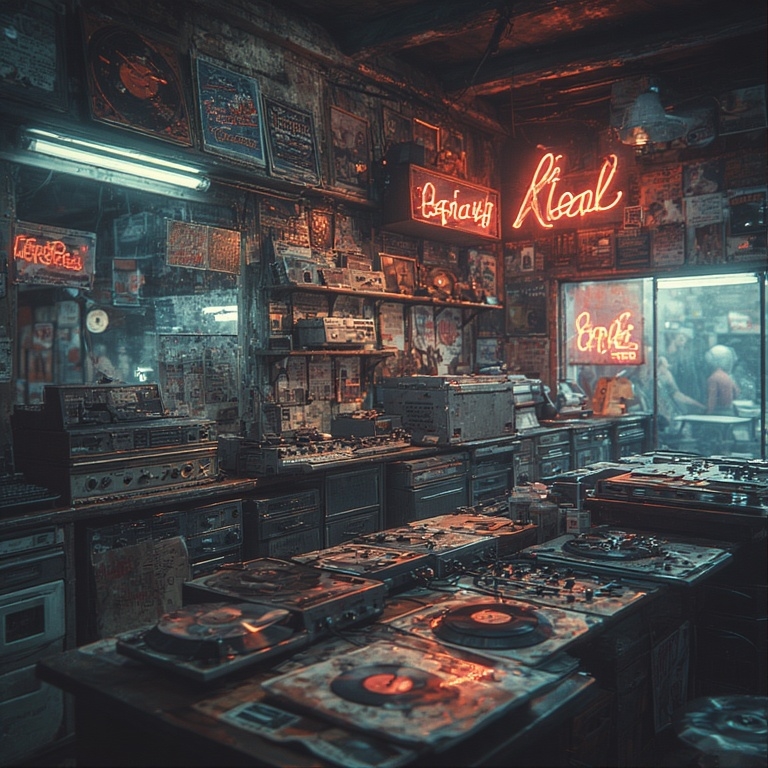
Join the Discussion – What Does Listening Mean to You
We’re witnessing a cultural shift where listening is no longer just about sound—it’s about story, ritual, and identity. Whether you’re a longtime collector or a curious newcomer, your experience matters. What records shaped your emotional landscape? What does your turntable say about your taste, your past, your present? Drop your thoughts below, or start a conversation with someone who’s just discovering the magic of vinyl. Listening is personal—but it’s also collective. Your voice is part of the archive.
VinylRevival #SonicDepth #AnalogCulture #ListeningIsCool #TurntableTales #EmotionalArchive #CulturalRecursion #IntentionalListening #VinylCommunity #MythicListener #SoundAndSymbol #FromDorkToCurator #AlbumAsJourney #EmbodiedListening #VinylIsBack
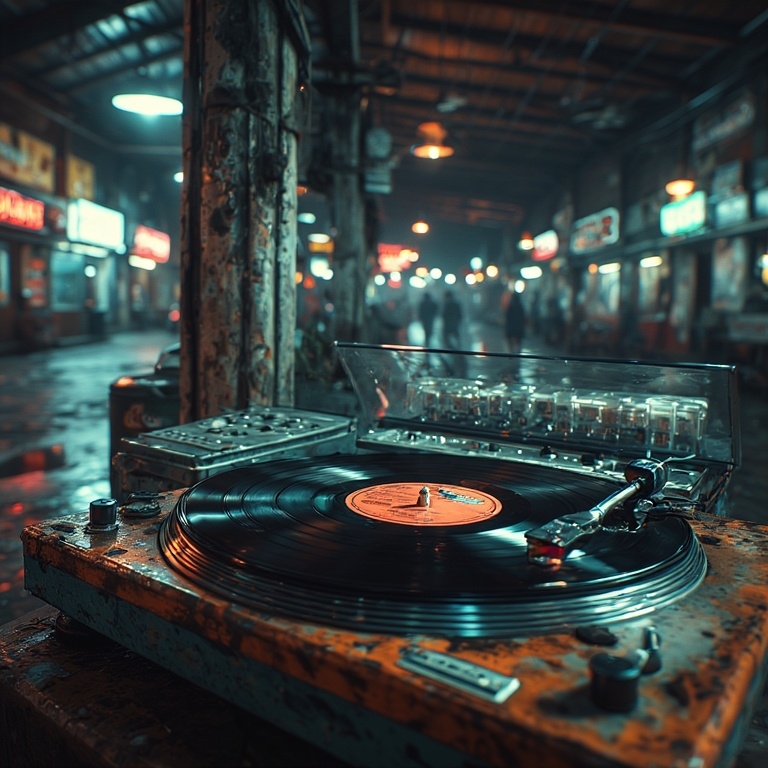
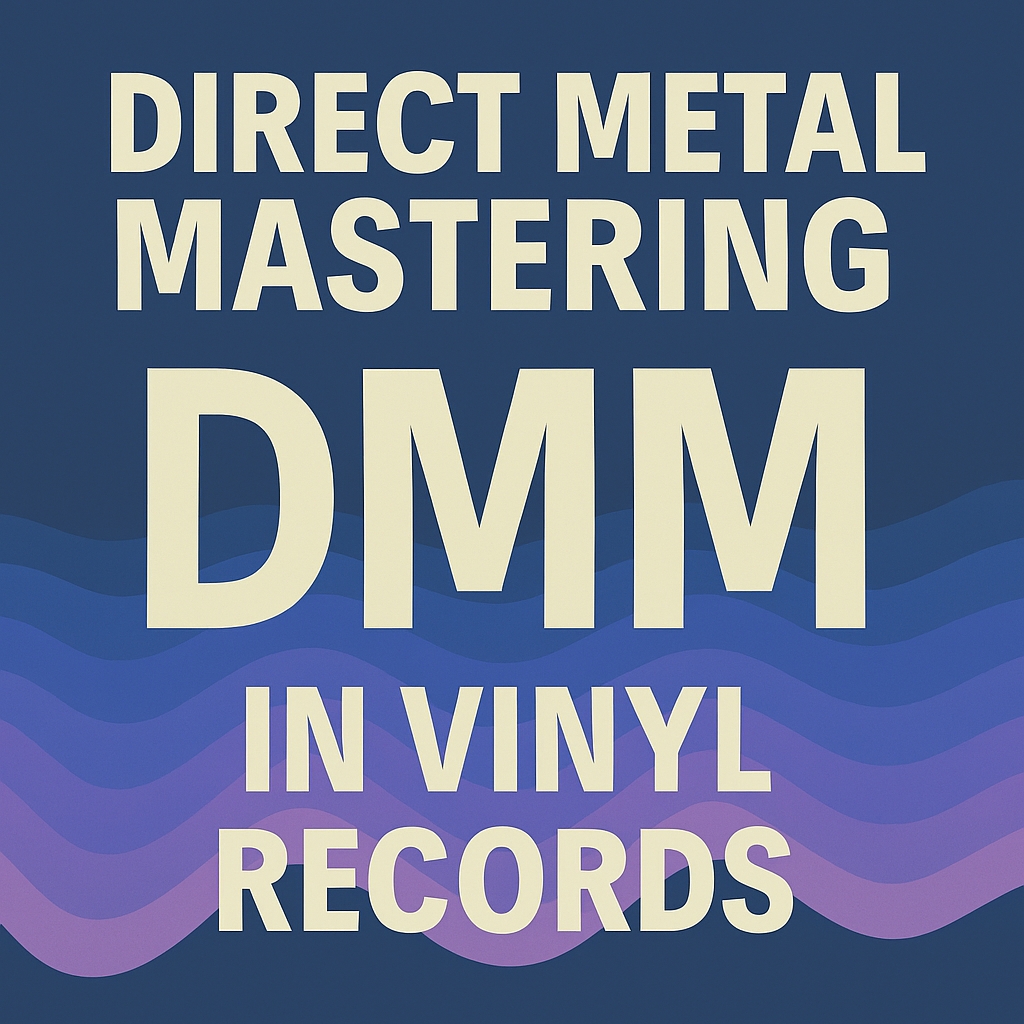

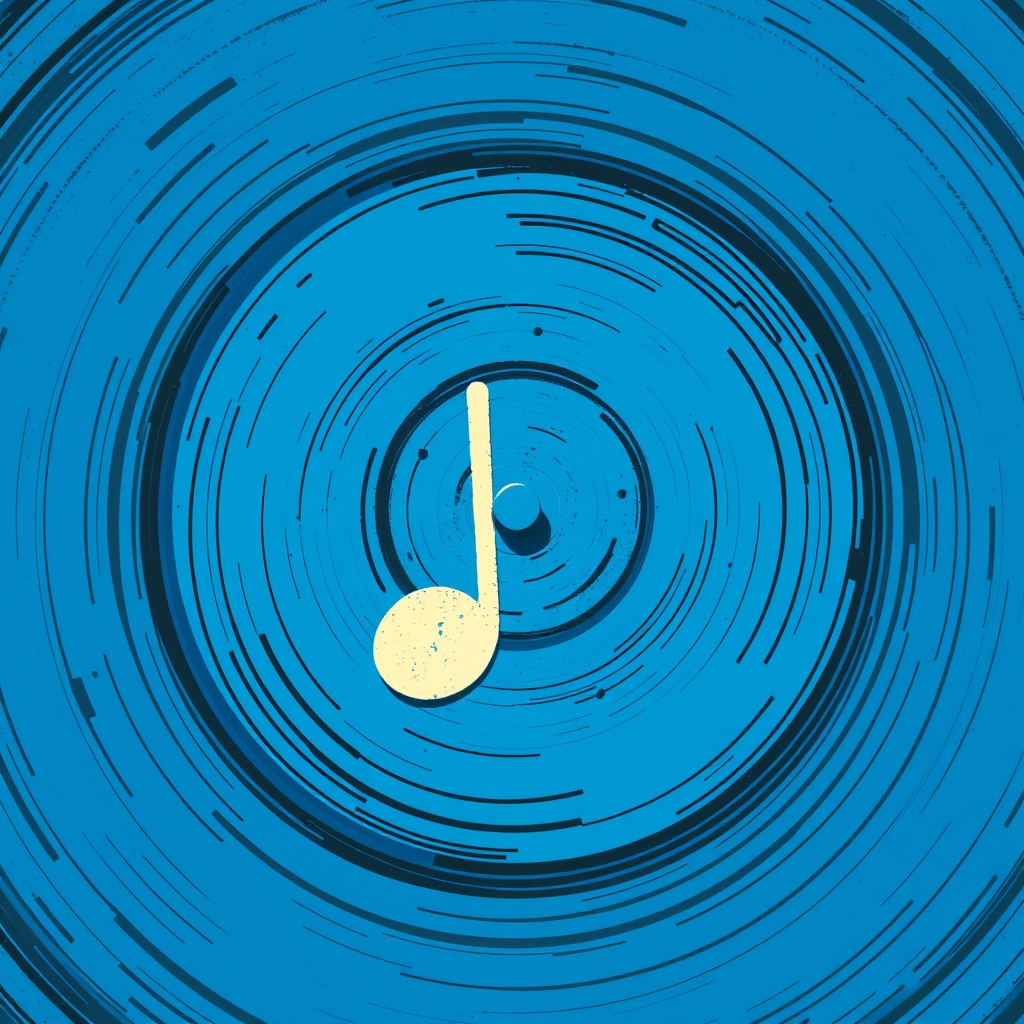




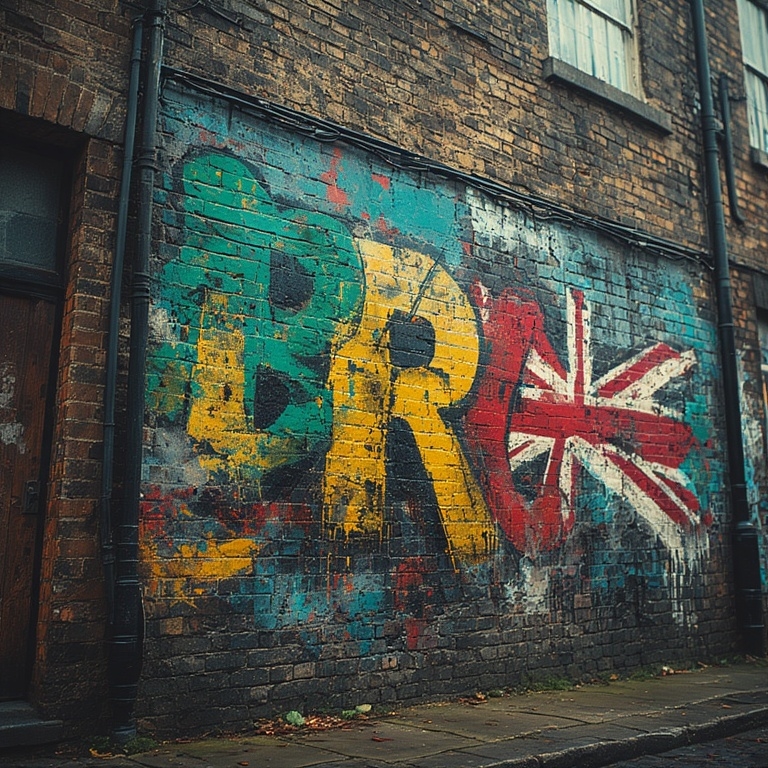
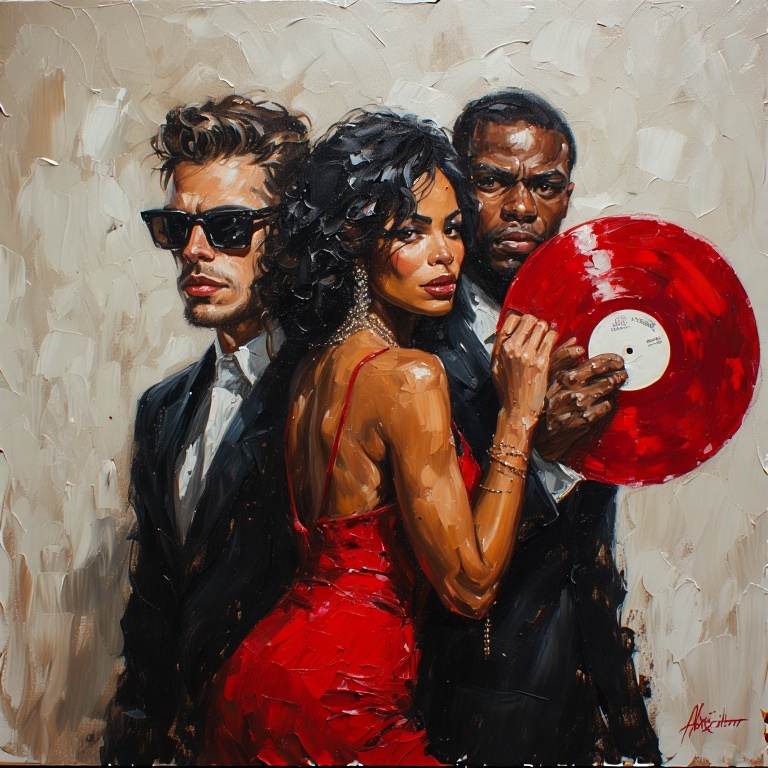

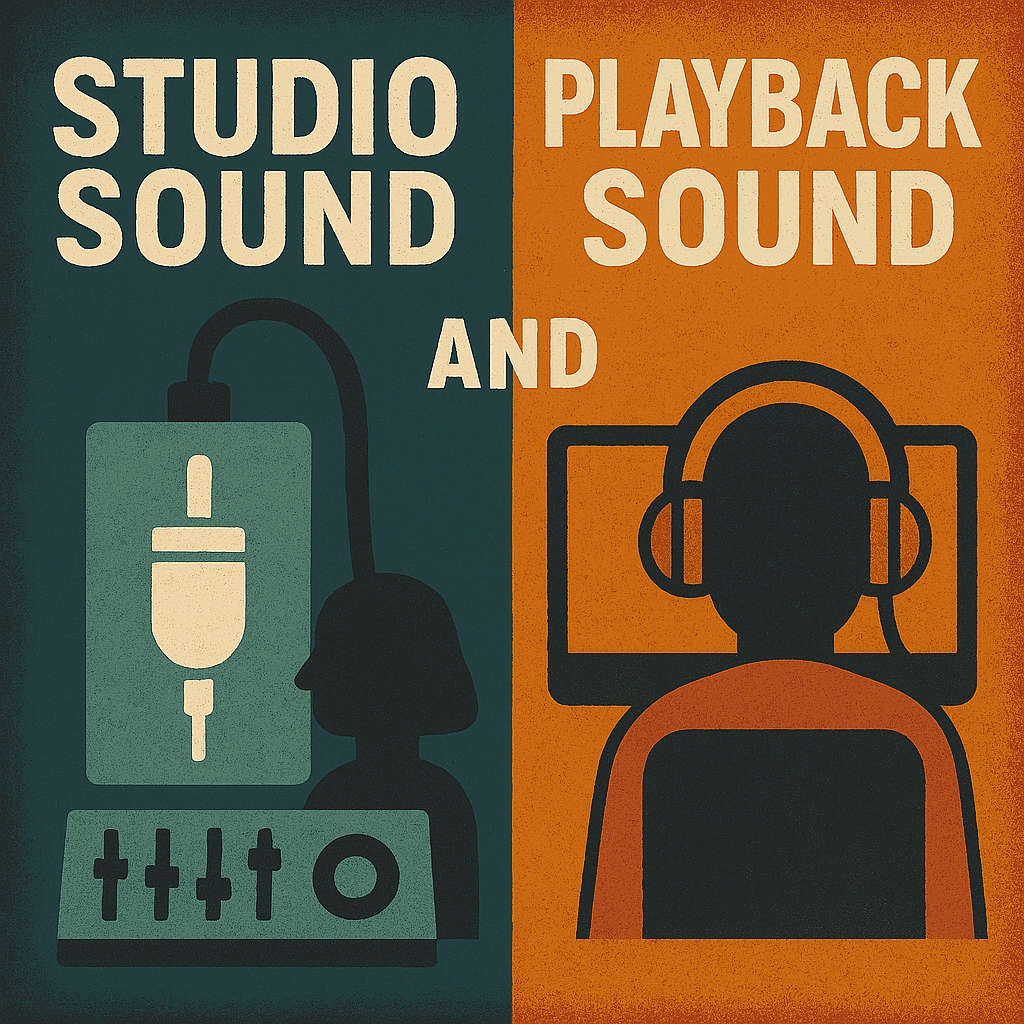
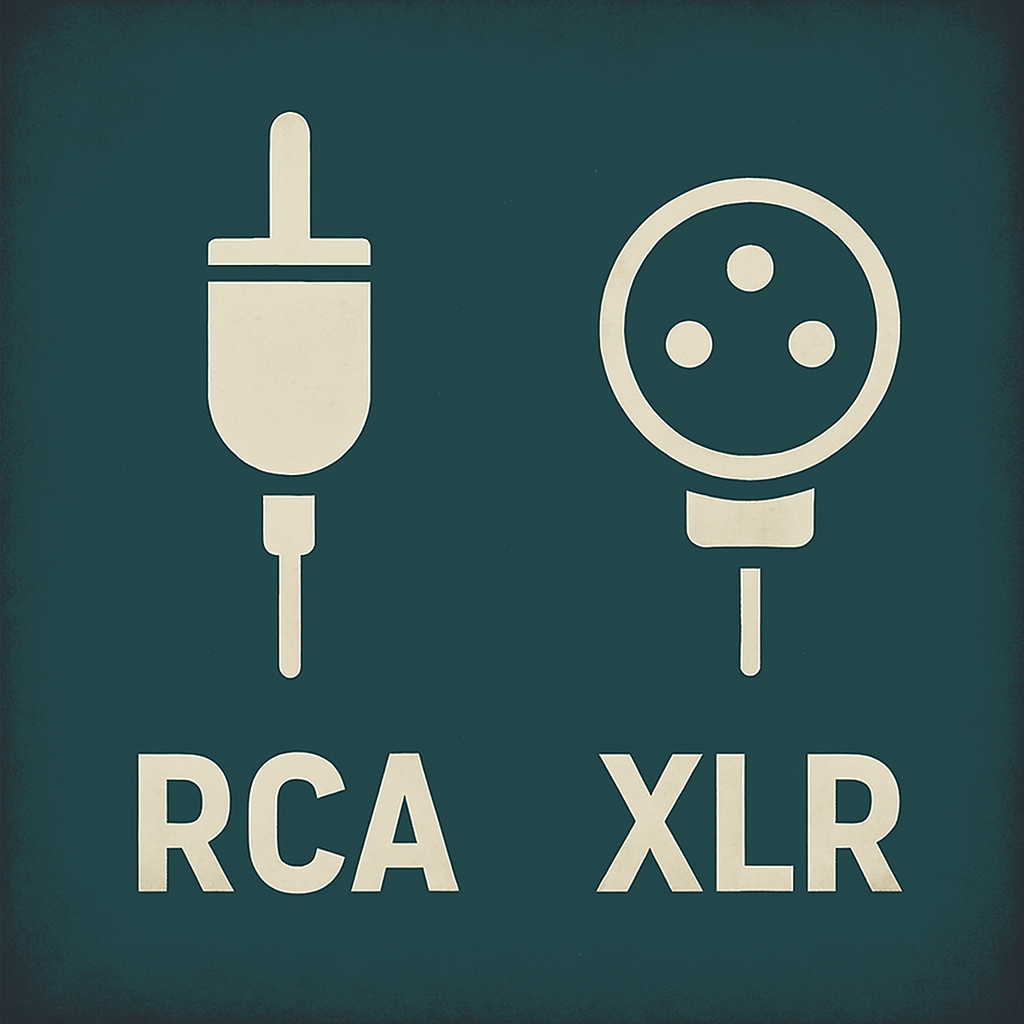


Leave a Reply